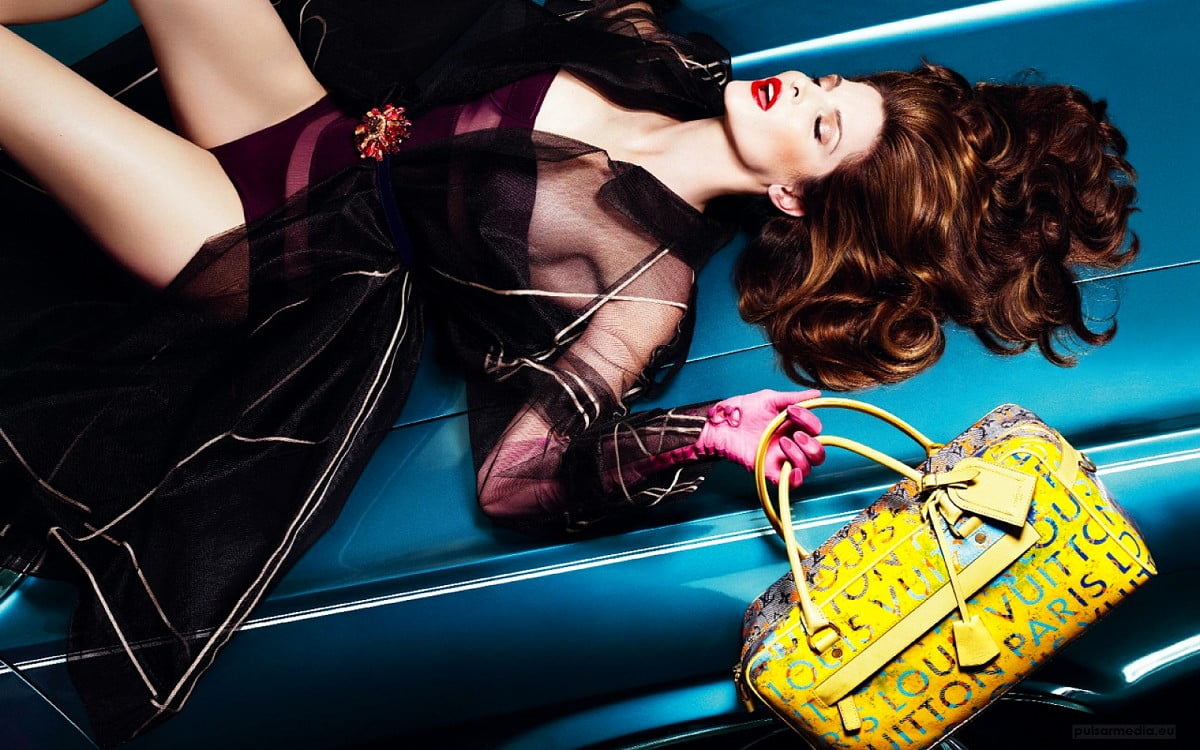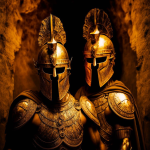French luxury goods giant LVMH became the first European company to surpass $500 billion in market value on Monday due to a surge in its share price and a strengthening euro.
The luxury group, controlled by billionaire Bernard Arnault, reported a 17% increase in revenue in its first-quarter results earlier this month – more than double analyst expectations. Shares of the parent company of Louis Vuitton, Moët & Chandon and Hennessy as well as brands including Givenchy, Christian Dior, Bulgari and Sephora, soared following the results.
Shares in the Paris-listed company climbed 0.3% to €903.70 ($996.19) on Monday morning, valuing the company at €454 billion ($500.5 billion).
LVMH reported revenue of €79.2 billion ($87 billion) for 2022, with profit from recurring operations reaching €21.1 billion ($23 billion), representing the second straight year of record performance.
The latest figures showed that demand for luxury goods such as Louis Vuitton handbags and Christian Dior gowns has held up, even as spiraling EU inflation and surging interest rates threaten to bring the world into a recession.
China’s reopening following the lifting of its zero-Covid policy has also contributed to strong results as booming sales in the Asian country are fueling growth across the luxury products industry.
LVMH’s rising value has driven the wealth of Bernard Arnault, the world’s richest man, to a new high. His fortune stands at almost $212 billion, according to the Bloomberg Billionaires Index.
From Luxury Maison to Global Powerhouse: The Remarkable History of LVMH
LVMH, short for Moët Hennessy Louis Vuitton, is a French multinational luxury goods conglomerate that has become a global powerhouse in the luxury industry. With a diverse portfolio of over 75 prestigious brands, including Louis Vuitton, Christian Dior, Givenchy, Dom Pérignon, and Sephora, LVMH has a significant presence in fashion, cosmetics, jewelry, watches, wine, and spirits. The history of LVMH is a story of vision, innovation, and relentless pursuit of excellence that has propelled it to its current status as a leading player in the luxury market.
The origins of LVMH can be traced back to the merger of two historic French luxury goods companies – Moët et Chandon, a champagne producer, and Hennessy, a cognac producer, in 1971. The merger created a new entity, Moët Hennessy, which aimed to leverage the strengths of both companies to expand their reach and increase their market share. The merger was seen as a strategic move to consolidate the French luxury goods industry and create a global luxury powerhouse.
In 1987, Moët Hennessy merged with Louis Vuitton, a renowned French fashion house founded in 1854, to form LVMH. The merger brought together the worlds of fashion, leather goods, wines, and spirits, creating a diversified luxury group with a strong global presence. Under the leadership of Bernard Arnault, who became the Chairman and CEO of LVMH in 1989, the company embarked on a journey of expansion and innovation, transforming it into a global luxury empire.
One of the key strategies of LVMH has been its focus on acquiring and nurturing prestigious luxury brands. Over the years, LVMH has made numerous strategic acquisitions, including Christian Dior, Givenchy, Fendi, Bulgari, Hublot, and Sephora, among others. These acquisitions have allowed LVMH to diversify its product offerings and extend its reach across different segments of the luxury market, from fashion and accessories to beauty and skincare, jewelry and watches, and wines and spirits.
In addition to acquisitions, LVMH has also invested heavily in the development of its own brands. The company has fostered a culture of creativity, craftsmanship, and innovation, collaborating with renowned designers and artists, and investing in research and development to create cutting-edge products that embody the spirit of luxury. LVMH has also been at the forefront of digital innovation, leveraging e-commerce, social media, and technology to connect with customers, enhance the customer experience, and drive sales.
Furthermore, LVMH has a strong commitment to sustainability and corporate social responsibility. The company has implemented various initiatives to reduce its environmental footprint, promote responsible sourcing, and support local communities. LVMH has also established the LVMH Institut des Métiers d’Excellence, a vocational training program that aims to preserve traditional craftsmanship and transmit savoir-faire to future generations.
The success of LVMH can be attributed to its relentless pursuit of excellence, its ability to adapt to changing consumer preferences and market trends, and its unwavering commitment to innovation and creativity. Today, LVMH is a global leader in the luxury industry, with a strong presence in key markets such as Europe, Asia, and the Americas. The company continues to set trends, shape the future of luxury, and elevate the art of living to new heights.
In conclusion, the history of LVMH is a tale of visionary leadership, strategic acquisitions, creativity, and innovation. From its humble beginnings as a merger of two historic French luxury goods companies, LVMH has grown into a global powerhouse.









